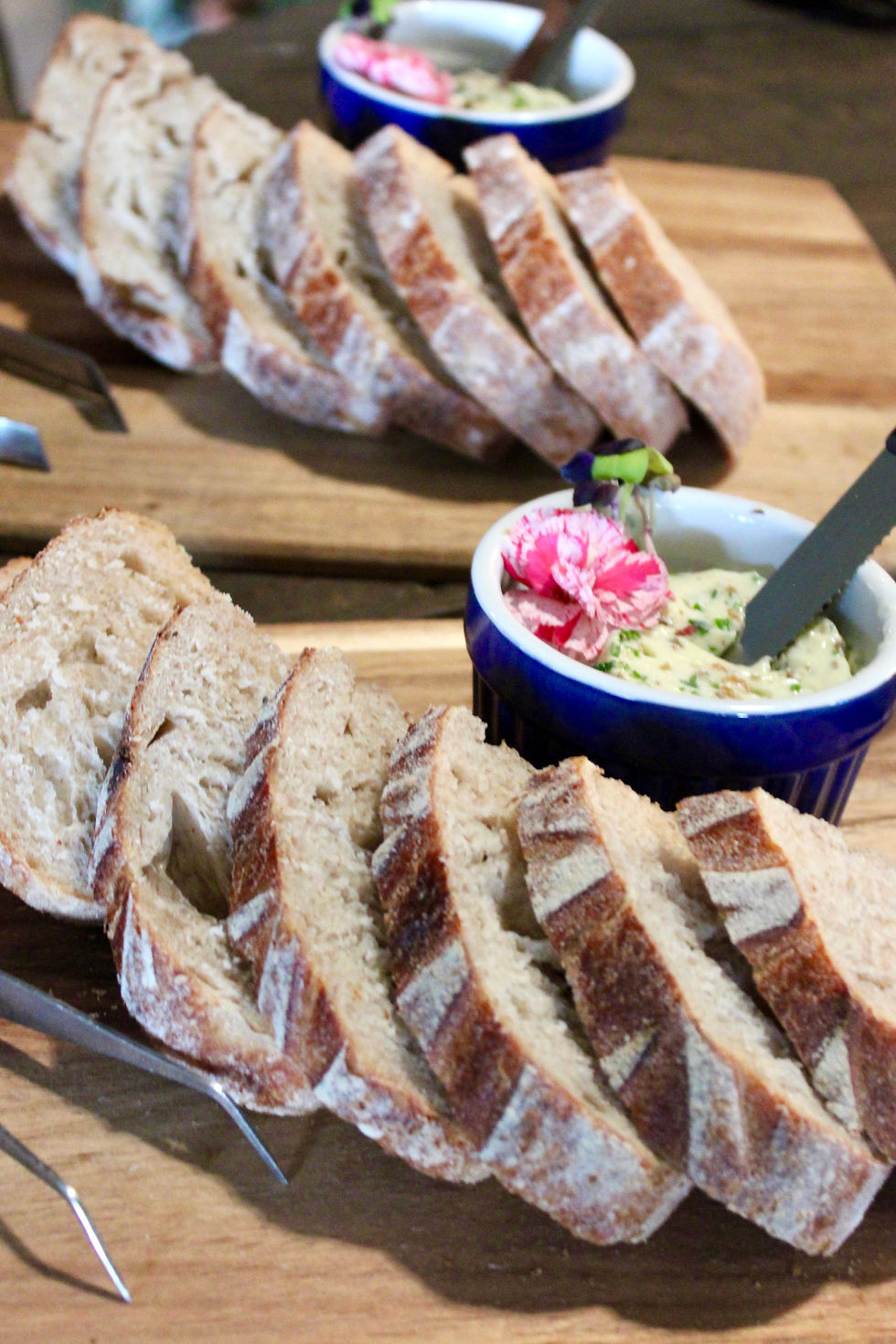Eating and Planting this Fall
- Allie Correa

- Sep 26, 2023
- 2 min read
Fall is a wonderful time to enjoy the fresh produce we have in Georgia. As temperatures are cooling and college Gameday starts back up, you may be planning your next get together. Whether you’re hosting a backyard barbecue, Gameday at your place, or just enjoying a bonfire, hangingout with family and friends while eating delicious foods is a great way to spend this season. To celebrate the start of Fall, we are gearing up to host our a Fall Harvest Family Gameday at Arrows Farm! We will have delicious meals using seasonal ingredients from our farm and others, along with Fall activities for the whole family! For more details and to register, you can check out our event here.
While planning your next event, use this list of seasonal produce below to Incorporate in your dishes. These vegetables can make a great addition to chili, burgers, or dips for your next tailgate or barbecue! If you are looking for a recipe, we have a tastey Pumpkin Chili recipe at the bottom of this page!

As September is ending, you may be wondering what to plant. Many people may think this is the end of growing season, however there are plenty of things to do! The first thing you can do is prepare your soil. You can test your soil by sending a soil sample to the UGA extension, find your local office here. The pH should range from 6.2 to 6.8 for fall vegetables to flourish. You can prepare soil by adding organic matter, such as leaves or mulch as well.
You can also take advantage of these cooler temperatures to transplant plants. These plants can be bought from a local nursery or store to transplant; beets, broccoli, cabbage, carrots, collards, lettuce, onions, radishes, spinach, and turnips. Be sure to water these newly transplanted plants immediately and everyday for a week to properly acclimate. If you have already been growing collards, turnips, cabbage, mustard, or kale - you can use this time to plant a second planting.
If you do not want to plant a Fall garden, it would also be a great time to plant a cover crop to help prepare your soil for the next season. Cover crops help hold soil and prevent erosion while adding rich organic matter, planting a variety of cover crops can help make your soil healthier for Spring. We currently have planted Austrian Winter peas to help add nitrogen to our soil. This cover crop is relatively cheap, found in many places, and can be easily started from seed. See below our guide for planing for Fall below.

We are so excited for Fall and enjoying this wonderful weather with family and friends. We hope this guide helps you get out in the garden and back to the table with your own family this Fall!
And as promised - check out our Pumpkin Chili recipe below!






Comments